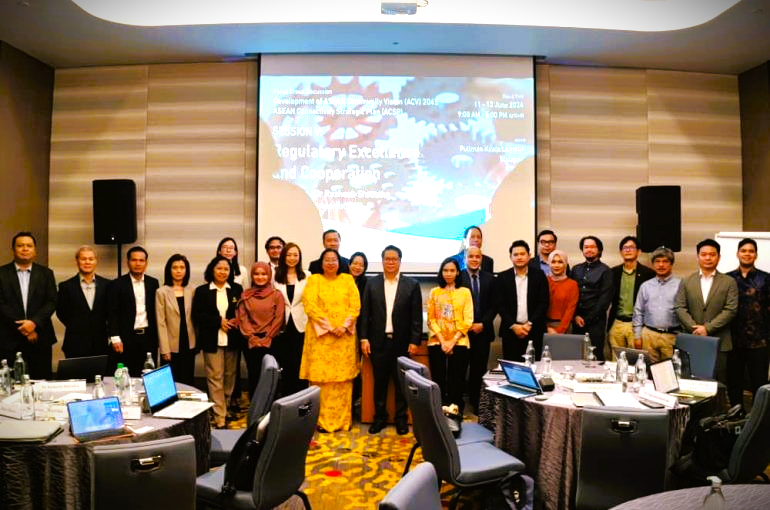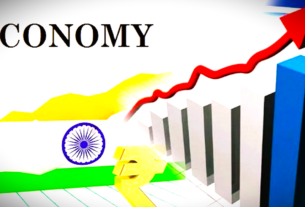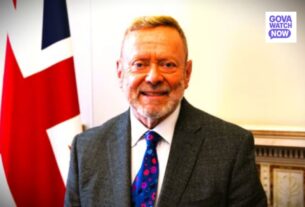In a defining moment for Southeast Asia’s regional trajectory, leaders of the Association of Southeast Asian Nations (ASEAN) convened in Kuala Lumpur to endorse a landmark vision: the Kuala Lumpur Declaration on ASEAN 2045: Our Shared Future. Spearheaded by Malaysian Prime Minister Datuk Seri Anwar Ibrahim and adopted at the 46th ASEAN Summit, this forward-looking declaration lays out a transformative roadmap for building a resilient, inclusive, and future-ready ASEAN.
Far from a routine diplomatic exercise, the Kuala Lumpur Declaration represents a strategic inflection point anchoring ASEAN’s next chapter in a world increasingly shaped by technological disruption, geopolitical flux, and climate imperatives. It signals a collective intent to move beyond aspirational rhetoric and embrace tangible, people-centred regionalism.
A Vision with Purpose
Describing the declaration as “a defining chapter in ASEAN’s journey of regional integration,” Prime Minister Anwar called for an ASEAN that is not only economically dynamic but deeply committed to sustainability, equity, and shared prosperity. “Our future must rest on foundations of sustainability and inclusion,” he said. “That means closing development gaps, raising standards of living, and investing in the human spirit and potential of all our citizens.”
This sentiment forms the philosophical core of the Kuala Lumpur Declaration, a departure from purely growth-centric frameworks toward a model that prioritises societal wellbeing, digital leadership, environmental stewardship, and equitable development across all member states.
Charting a Course to 2045
The new ASEAN 2045 vision succeeds the “ASEAN 2025: Forging Ahead Together” blueprint, adopted in 2015, and expands the bloc’s strategic horizon by two decades. It aligns ASEAN’s regional aspirations with global megatrends, placing emphasis on:
- Sustainable and green economic models
- Leadership in artificial intelligence and digital innovation
- Equitable technological governance
- Enhanced regional cohesion through shared infrastructure and connectivity
The document reflects not only bold ambition but strategic realism, acknowledging the evolving geopolitical landscape and the urgent need for adaptive regional cooperation.
“Geopolitical tensions, economic fragmentation, climate change and technological disruption are testing the bonds between nations,” Anwar warned. “Our ability to lead in these areas will determine not just our prosperity, but our cohesion.”
Trust: ASEAN’s Enduring Capital
The signing ceremony brought together the leaders of all 10 ASEAN member states, alongside Timor-Leste’s Prime Minister Xanana Gusmão present as an observer since the country’s recognition in 2022. Their collective endorsement underscores the trust and unity underpinning ASEAN’s institutional resilience.
Anwar underscored that the declaration was the product of “persistence, pragmatism and the quiet power of regional trust.” This emphasis on diplomacy, dialogue and mutual respect hallmarks of the ASEAN way continues to be the bloc’s greatest intangible asset in an era of rising global uncertainty.
A People-Centred Pledge
At the heart of the declaration is a solemn recommitment to the people of ASEAN. This is not merely a technocratic vision but a living promise to future generations, a deliberate shift toward inclusive development that leaves no one behind.
“Let us move forward with clarity in our vision, steadiness in our purpose, and unity in our will to build the ASEAN we owe to the future generations,” Anwar urged.
The vision places citizens not just governments at the centre of policy making. From education and digital literacy to equitable access to resources, the ASEAN 2045 framework seeks to harness the region’s greatest asset: its people.
From Kuala Lumpur to the Future
Nearly six decades after ASEAN’s founding in 1967, the Kuala Lumpur Declaration is both a renewal of a timeless promise and a blueprint for a new era. It transforms ASEAN’s founding ideals of peace, freedom, and prosperity into a contemporary call to action amid the challenges and opportunities of the 21st century.
“Today, we renew that solemn promise not as a tribute to the past, but as a living covenant with the future,” Anwar proclaimed. In those words lies the essence of the declaration: a shared future shaped not by fate, but by collective design and unwavering resolve.
As the region stands on the threshold of profound transformation, the Kuala Lumpur Declaration is more than a strategic document, it is ASEAN’s north star for the decades ahead, guiding it toward a future that is innovative, inclusive, and undeniably united.




